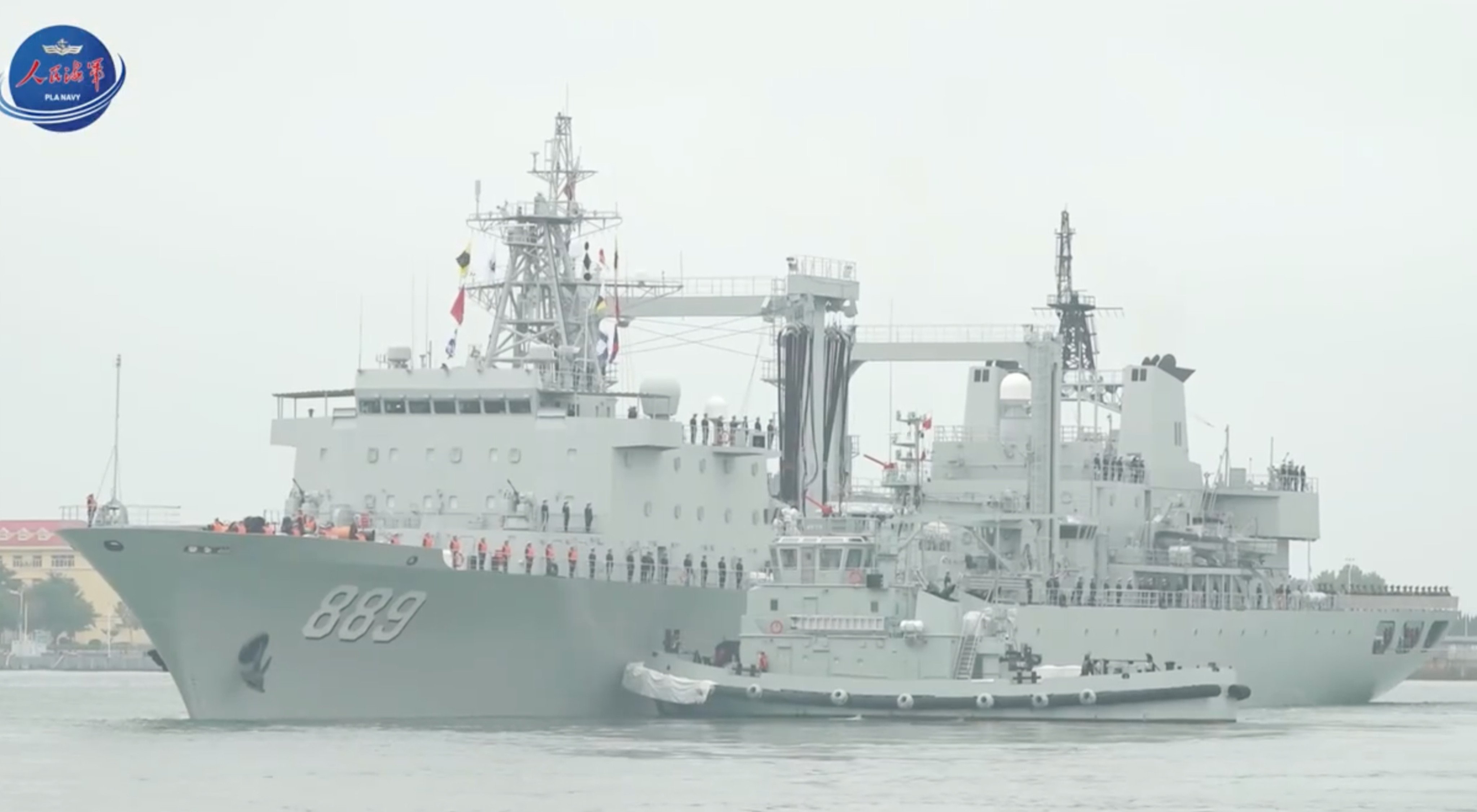
Somali piracy has waned, so why is China’s navy still in the Gulf of Aden?
A Chinese naval fleet including a guided-missile destroyer, missile frigate and comprehensive supply ship set sail earlier this month from a port in eastern Qingdao, heading to the Gulf of Aden and Somali waters. It was the 48th escort task group to be sent to the region in a Chinese navy programme that has been helping to protect commercial ships and counter Somali piracy since 2008, when there were numerous attacks by Somali pirates. Since 2013, however, there have been very few Somali pirate attacks, and in some years none at all. Yet, the Chinese navy has continued to rotate task forces to the Gulf of Aden on a regular basis, maintaining a continuous, uninterrupted anti-piracy deployment. The Chinese navy has also prolonged its stays, from four or five months to over 10 months in the previous two missions due to extended diplomatic port calls and heightened regional security concerns. Experts said there was a clear “evolution in duration and sophistication” of the naval escort task groups, with the anti-piracy missions in the Gulf of Aden evolving from a specific security response into a long-term strategic programme capable of transforming the Chinese navy into a modern maritime military force operating in global waters. David Shinn, a China-Africa expert and professor at George Washington University’s Elliott School of International Affairs, said the task forces gave Beijing a rationale to establish a military base at Djibouti, which became operational in 2017. “The ongoing task forces give China an excuse to continue a permanent [Chinese] naval presence in the western Indian Ocean, to train its personnel and to test its ships and equipment under harsh oceanic conditions,” he said. After completion of their duty in the Gulf of Aden, Shinn said these task forces usually made port calls to build relations with other navies and routinise a Chinese naval presence in the Indian Ocean, along Africa’s Atlantic coast and in the Mediterranean. “This engagement has contributed enormously to the [Chinese navy’s] ability to become a blue-water navy,” he added. One example is when China’s guided-missile destroyer Baotou, part of China’s 47th naval escort task force, docked at the Port of Mombasa in Kenya last weekend for a five-day technical port call to undergo maintenance, replenish supplies, conduct courtesy visits and take part in joint drills. Paul Nantulya, an expert on the Chinese military who has written extensively about China’s activities in the Gulf of Aden, said in a report earlier this year that the People’s Liberation Army had conducted a total of 55 naval port calls and 19 bilateral and multilateral military exercises in Africa since 2000. Chinese military activities have become more frequent since the 2017 establishment of the Djibouti naval base, which is strategically located on the Bab el-Mandeb Strait, according to Nantulya. As China’s first overseas naval base, it now serves as the crucial logistical hub that enables more sustained and extensive engagement. Nantulya told the South China Morning Post in an interview earlier this year that the People’s Liberation Army was an infantry-heavy force that had evolved to give the navy an increasingly important role. This is reflected in the military platforms being developed – such as destroyers, submarines, naval aircraft and even aircraft carriers. Notably, China, which did not have one carrier in 2008, is poised to put its third into service. A sizeable number of Chinese sailors, airmen, marines and soldiers have now been exposed to the complexities of operating overseas in such unpredictable environments, according to Nantulya, a research associate at the US National Defence University’s Africa Centre for Strategic Studies in Washington. He added that as China last engaged in active combat in Vietnam in 1979, the region had effectively become a testing ground for military troops. Alessandro Arduino, an affiliate lecturer at the Lau China Institute, King’s College London, and an associate fellow at the Royal United Services Institute, said the deployment of the escort fleet “reflects a renewed assertion of Chinese commitment to maritime security and the protection of international shipping”. He said the security environment off the Somali coast had improved significantly over the past decade, a development that coincided with China’s sustained participation. In contrast to the People’s Liberation Army Ground Force and Air Force, the navy has been able to test and refine its capabilities under real-world conditions of threat and uncertainty, according to Arduino. “[The navy] has enhanced its confidence in power projection and expeditionary operations,” he added. Arduino said the resurgence of jihadist activity affiliated with al-Qaeda and Islamic State across parts of East Africa reinforced China’s rationale for maintaining a forward naval presence capable of both protecting national interests and contributing to regional stability. The deployments in the Gulf of Aden have enabled China to effectively practice power projection, according to Nantulya. This was also key due to its rivalry with India, which saw the Indian Ocean as its sphere of influence, making the ability to operate effectively there crucial, he said. Further, China had used these deployments to conduct evacuations of Chinese nationals in distress, from countries such as Libya, Sudan and Ethiopia, Nantulya added.
